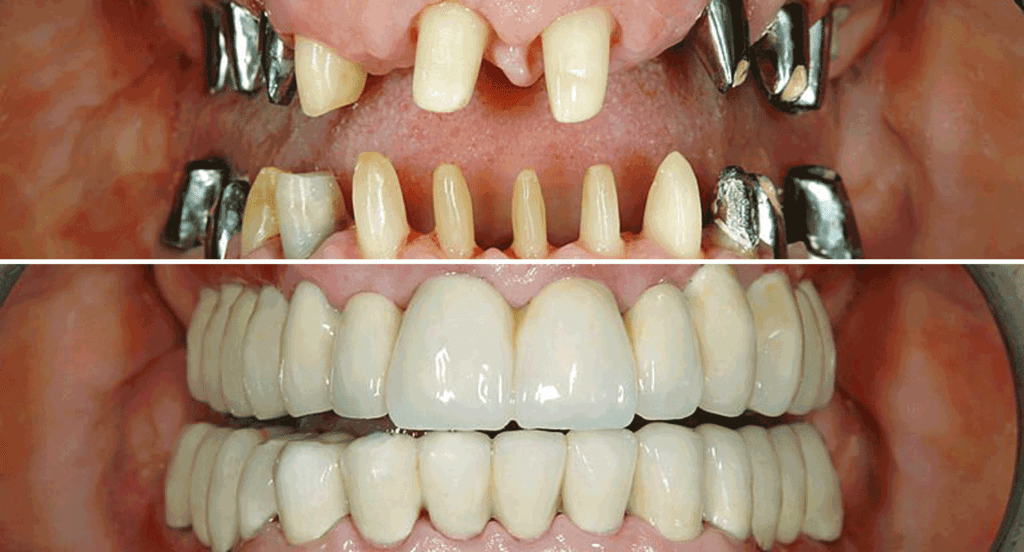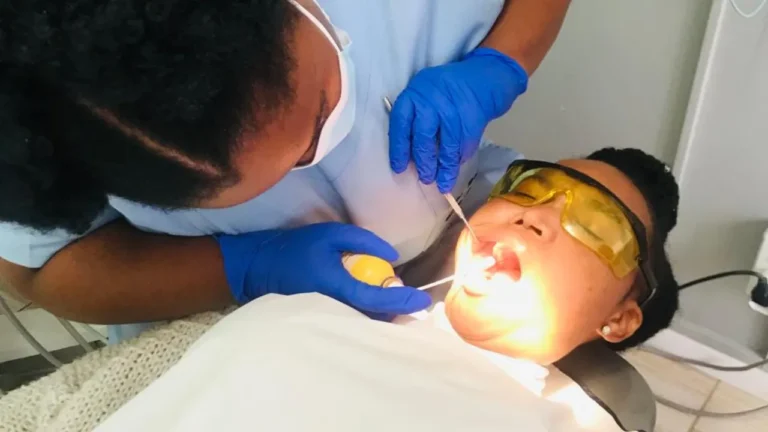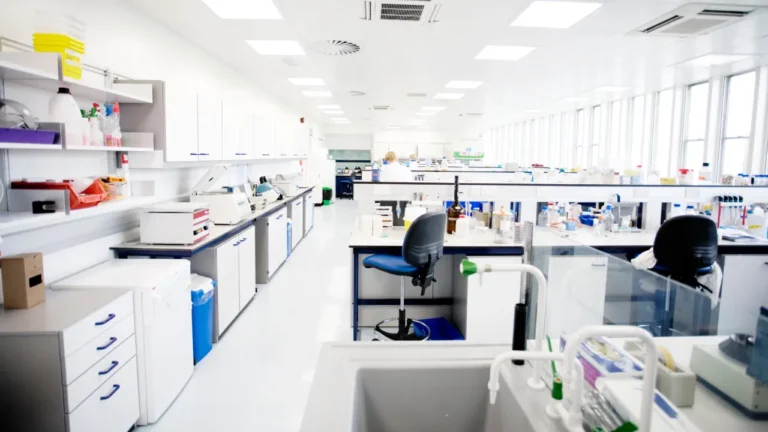Hey there! If you’ve been dealing with missing teeth, you’re not alone. It’s a common issue that can really impact your confidence and daily life.
But fear not, because there’s a fantastic solution out there: dental implants.
Let’s dive into why they might just be the perfect choice for you, especially here in South Africa.
Advanced Technology
South Africa is keeping pace with the latest advancements in dental technology, offering top-notch services for patients seeking solutions like dental implants. Here’s a look at some of the cutting-edge equipment and techniques being used in dental practices across the country:
1. Digital X-Rays
Digital X-rays emit significantly less radiation than traditional X-rays and provide a clearer, more detailed image. This allows dentists to diagnose issues and plan treatments more effectively.
2. Cone Beam CT (CBCT) Scans
CBCT scans offer a three-dimensional view of the jaw and teeth, making them invaluable for planning complex procedures such as dental implants and surgeries. This technology enhances precision, reduces surgical risks, and leads to better patient outcomes.
3. 3D Scanners
3D scanners are used to create digital impressions of teeth, eliminating the need for messy and uncomfortable traditional impressions. They enable the creation of custom-made crowns, bridges, and dentures.
4. Digital Smile Design (DSD)
Digital Smile Design software allows dentists to design a patient’s smile makeover based on their facial features and aesthetic desires, ensuring that the final results are tailored to each individual.
5. Laser Dentistry
Lasers can be used for various dental procedures, such as gum surgery, frenectomy, and teeth whitening, making these treatments less invasive, more precise, and quicker to heal.
Benefits of Dental Implants
Dental implants are one of the most effective and long-lasting solutions for replacing missing teeth. Here’s why they’re a popular choice among patients and dentists alike:
1. Durability and Longevity
Dental implants are built to last a lifetime with proper care. Made from biocompatible materials like titanium, they fuse with the jawbone to create a stable foundation for crowns, bridges, or dentures. This durability reduces the need for replacements and minimizes long-term maintenance costs.
Why It Matters:
- Reduced Waste: Durable products promote sustainability by reducing the frequency of replacements.
- Cost-Effective: While implants may have a higher initial cost, their longevity makes them a worthwhile investment.
- Improved User Experience: Implants maintain their functionality and appearance over time, providing a natural-looking and comfortable solution.
2. Natural Appearance and Functionality
Dental implants are designed to closely resemble natural teeth in terms of color, shape, and translucency. They blend seamlessly with your existing teeth, restoring your smile’s natural beauty and boosting your confidence.
How It’s Achieved:
- Digital Smile Design (DSD): This software helps design a smile makeover that complements your facial features, ensuring a natural appearance.
- Strong Foundations: Implants offer stability and strength, allowing you to eat, speak, and smile with confidence—just like you would with your natural teeth.
3. Preservation of Jawbone Health
When teeth are missing, the jawbone that supported them begins to deteriorate over time. Dental implants act as artificial tooth roots, stimulating the jawbone and preventing bone loss.
Key Benefits:
- Maintains Facial Structure: Implants help preserve the structure of your jaw and prevent the “sunken” appearance that often accompanies tooth loss.
- Prevents Further Bone Loss: Implants provide the necessary stimulation to the jawbone, maintaining its density and strength.
4. Improved Oral Health
Dental implants contribute to better oral health in several ways:
- Prevention of Gum Disease: Implants prevent the gaps left by missing teeth from becoming a breeding ground for bacteria.
- Protection for Remaining Teeth: Implants eliminate the need to alter adjacent teeth, as is often required with bridges, thereby preserving their natural structure.
5. Enhanced Comfort and Confidence
Unlike dentures, which can slip or cause discomfort, dental implants are securely anchored in your jawbone. This provides a natural fit and feel, enhancing overall comfort.
Why Patients Love Them:
- No Slippage: Eat, talk, and smile confidently without worrying about your teeth shifting out of place.
- Increased Confidence: With a stable, natural-looking smile, patients often experience a boost in self-esteem and social interactions.
Conclusion
So there you have it, folks. Five rock-solid reasons why dental implants might just be the solution you’ve been looking for.
And here in South Africa, we’ve got the technology and expertise to make your smile dreams a reality.
So why wait? Schedule that consultation and get ready to flash those pearly whites with confidence!









1 thought on “5 Reasons to Consider Dental Implants For Missing Teeth”
How much does a dental implant cost ?